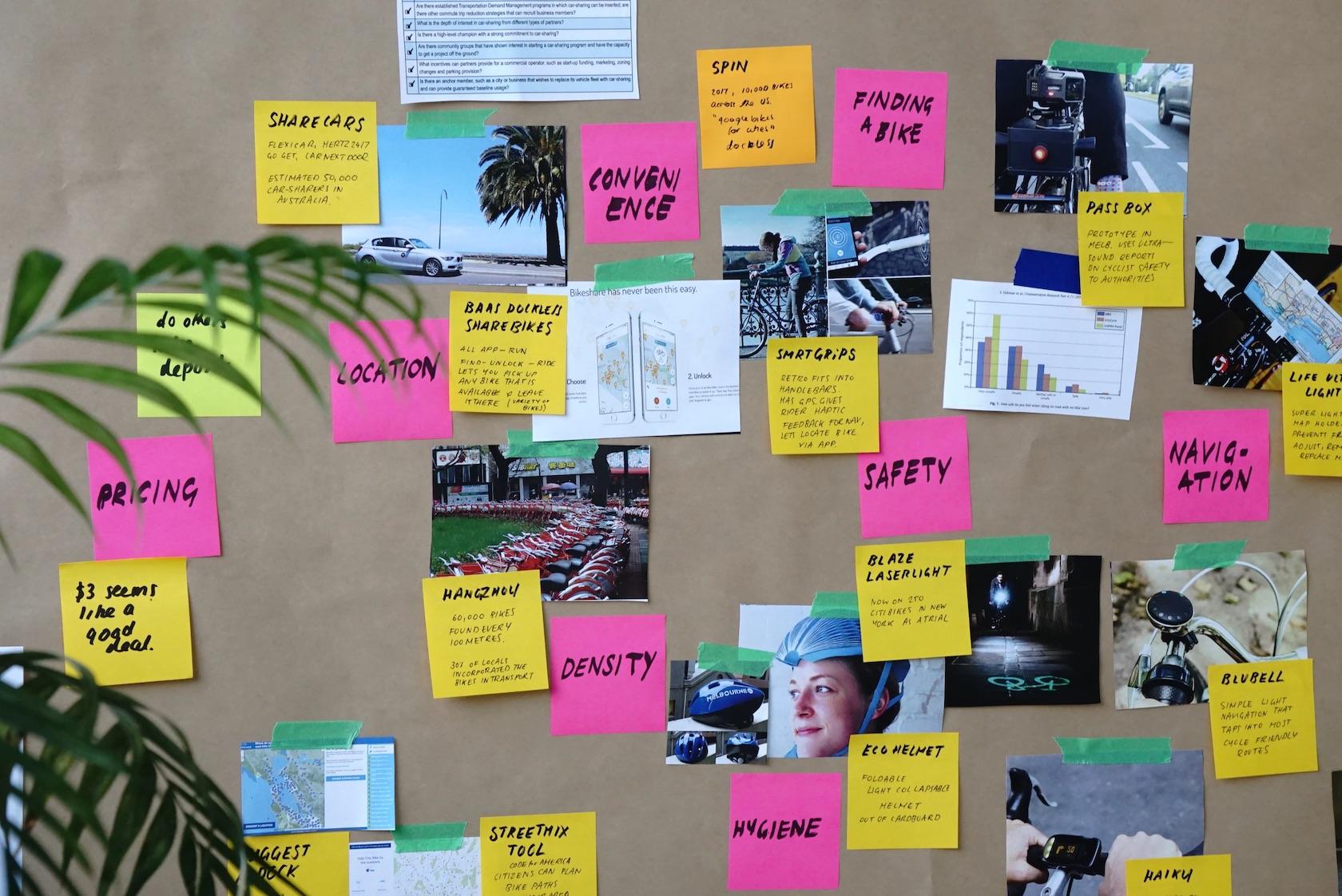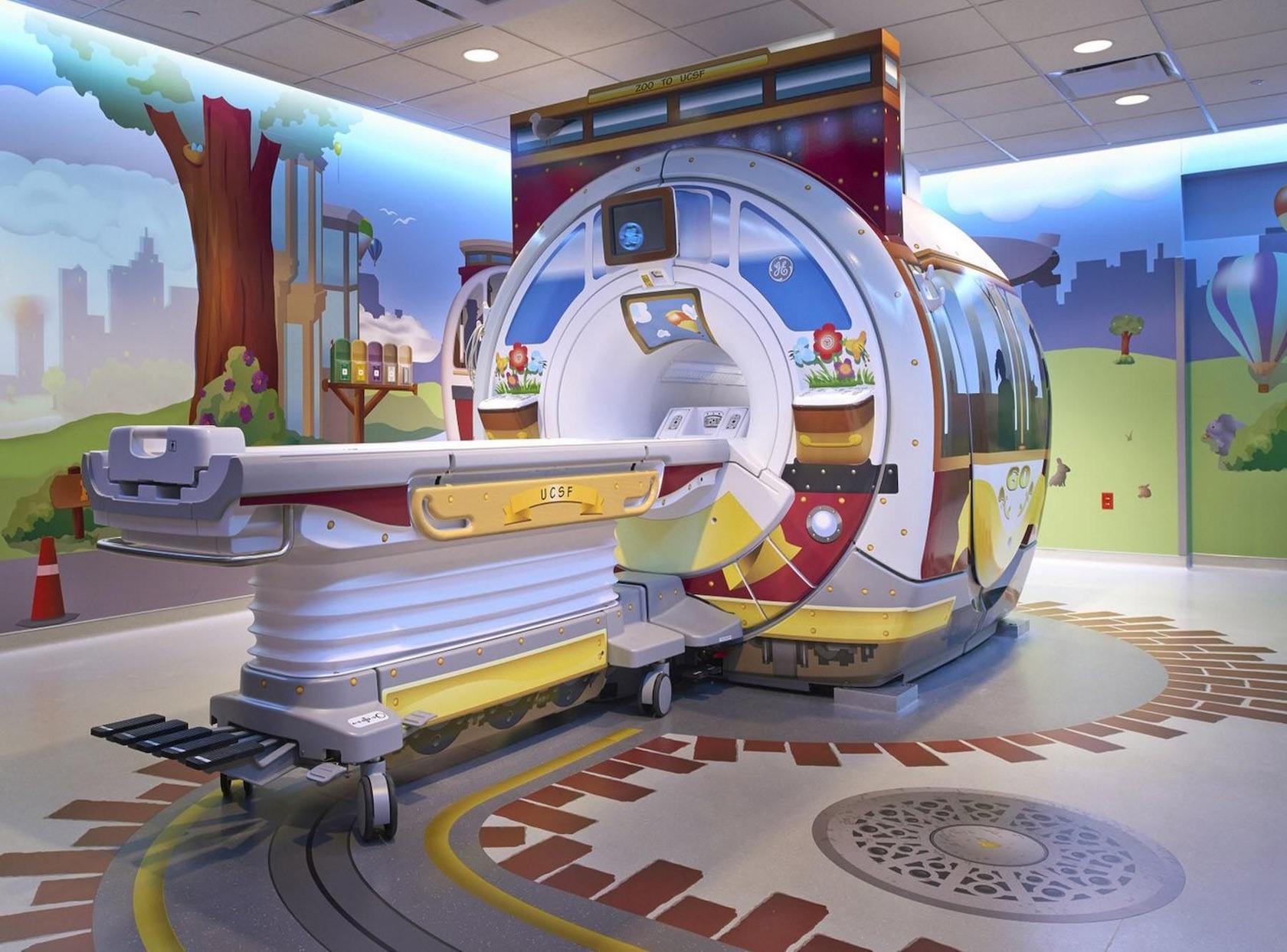Breaking Down the Design Thinking Process
Design thinking goes beyond the usual problem-solving focus of most UI and UX designers and adds the aspect of deep empathy for the user to the entire product design lifecycle, increasing the prospect of success.
Design thinking goes beyond the usual problem-solving focus of most UI and UX designers and adds the aspect of deep empathy for the user to the entire product design lifecycle, increasing the prospect of success.

Cameron Chapman
Cameron comes from a design background and is the author of two web design books: Color for Web Design and The Smashing Idea Book.
Expertise
What is design thinking? Put simply, design thinking as a strategy goes beyond the usual problem-solving focus of most UI and UX designers. It adds deep empathy for the user to the entire design process, creating a human-centered design outcome.
Why is design thinking so important to implement? Designs focused on empathy for the user and centered around their wants and needs will always be superior to designs that only focus on solving the problem in the most efficient or creative way. After all, what the designer views as efficient and creative won’t always meet user needs in the best possible way.
The design thinking process can be broken down into five stages: empathize, define, ideate, prototype, and test. Each one should be given time and the appropriate resources in order to create an end product that truly meets user needs and wants.
Step 1: Empathize
The first step in applying the design thinking process to any project is to consider the human needs involved in the problem being solved. Designers must employ their design thinking empathy and consider the needs of the users impacted by the problem—step into their shoes, so to speak.
Conducting research at this stage is vital to the success of the end result, even though the end result hasn’t yet been conceived. User research at this point should be focused on gathering more information about the problem as well as other solutions users may have tried.

If users have tried a solution that has failed, it’s best to find out early in the process. Revealing this information through user interviews and other research helps prevent designers from repeating the same unsuitable solution.
Asking the right questions during the UX research stage is essential to gathering the information necessary to find a real solution that will meet user needs and expectations. Exactly what those questions are, however, will depend on the project and problem to be solved.
Step 2: Define
Once research into the problem has been conducted and an idea of what solutions have failed in the past has formed, it’s time to define the problem in human-centric terms. This means looking at it from the user’s perspective, rather than the designer’s or company’s viewpoint.
On occasion it goes beyond simply defining the problem—sometimes reframing it can lead to better solutions. For example, designers of a medical device might look at the problem to be solved from the perspective of the technician operating the device. But that viewpoint could cause problems for the patients who are using the device.
For example, MRI machines are terrifying to many children. GE Healthcare product designer Doug Dietz was shocked to learn that 80% of children needed to be sedated in order to undergo an MRI. While his team had created an innovative new MRI machine, they didn’t address that particular issue because they hadn’t looked at it from the perspective of a child. When they finally did, and added colorful graphics to the machine and a story to the experience, only a fraction of one percent of kids had to be sedated for the tests.

Solving that problem was all about the point of view. Dietz didn’t realize children had issues with the tests until he witnessed it firsthand while reviewing the installation of one of the machines.
Stanford’s D.School has come up with a POV MadLib for defining a design problem and refining it to a single point of view. This can be incredibly helpful for design teams that are having trouble distilling user needs in relation to the problem they’re trying to solve.
Designers should think of problems in terms of user needs. They also need to consider the various users faced with the problem. In the MRI example, for instance, it wasn’t just the technicians running the machines who needed to be considered; the patients who would also be “users” needed to be considered as well.
At the same time, it’s a good idea to define the strengths of the design team in relation to the problem. Designers all have their strengths and weaknesses, and creating a team that can play to its strengths (and hopefully cover for each other’s weaknesses) is a vital part of creating a winning solution.
Albert Einstein once said, “If I had an hour to solve a problem and my life depended on the solution, I would spend the first fifty-five minutes determining the proper question to ask, for once I know the proper question, I could solve the problem in less than five minutes.” Figuring out the right question is the same as figuring out the right perspective.
Step 3: Ideate
The ideation phase of any design project can be one of the most creative and rewarding components. Ideation sessions should include all the members of your design team as well as other stakeholders who can offer different perspectives on the same problem.
Alex Osborn, who popularized the term “brainstorm” in his 1953 book Applied Imagination, says that two rules are needed for an effective brainstorming session: The team must defer judgment of the ideas that are presented and must aim for quantity over quality.
Sometimes it takes a lot of bad ideas to come up with a good one. But if the team avoids even voicing the “bad” ideas, they may never reach the good ones. In fact, many times, one person’s bad idea will get another person’s brain going in the right direction, leading to an excellent solution. Without the bad idea being voiced in the first place, the right idea may never have come along.

Set limits to the brainstorming sessions. Time limits (usually 15-20 minutes per topic or aspect of a project) can help spark productivity and prevent participants from going on forever and getting burned out before all of the topics have been addressed.
As mentioned above, including stakeholders who aren’t on the design team is an important part of this process. In addition to finding out what ideas they’ve already tried, including them in brainstorming sessions encourages them to buy into the design process. Hearing the reasoning behind why certain options are disqualified from the start—or considered to be worth a try, can reduce resistance later in the process.
Challenging the assumptions of those involved about what is or isn’t a viable solution can also lead to innovative ideas. When someone says that something can’t be done or wouldn’t work, the rest of the team should ask, “Why not?” This can lead to more ideas and cause participants to challenge their own assumptions about how a design “should” be done.
Realize that, during the ideation phase, it’s unlikely the ultimate solution to the problem will be discovered. The point here is to come up with as many ideas as possible, sort through them to find the best (which will likely be some combination of user needs, practicality, cost-effectiveness, and other factors specific to the project) and then figure out which ones should move on the next step: prototyping.
Step 4: Prototype
Prototyping ideas is a vital part of the design thinking process. Without good prototypes, user testing can’t be carried out effectively, which means designs won’t be properly vetted before being sent to a production environment.
Prototypes for the best ideas from step three should be built. These need to be real, tactile representations of the ideas that users can interact with. In the case of an app, for example, the full workflow of the app’s usage should be represented, including onboarding, signup and login screens, as well as the actual functionality.

Prototypes can allow designers to create innovative solutions that haven’t been thought of yet. When a design team isn’t restricted by current modalities, or current technologies, they can create prototypes that break away from those conventions. It’s why so many designers still prefer to create initial wireframes and prototypes with pen and paper rather than software—it allows them to create whatever they can imagine without restraint.
Prototyping should be done in stages, starting with low-fidelity prototypes used to gather feedback from users and stakeholders. As solutions are narrowed down, higher-functioning and better-designed prototypes can be created for further testing in a more realistic production environment.
Creating higher-fidelity prototypes early on can feel overwhelming. If the main part of an app’s functionality, for example, requires complex coding, how can that be achieved so early in the process without delaying the entire project, and possibly wasting a lot of time and resources on functionality that ultimately won’t make it? One solution is to use humans to simulate the needed functionality. For example, initially a chatbot could be manned by actual people until user needs are understood.
Step 5: Test
One of the most important parts of the design thinking process is to test your designs with actual users. This step often goes hand-in-hand with step four (prototyping).
Testing is incredibly valuable because without it, designers can’t collect user feedback. And user feedback is what allows products to really solve the problems they were designed to solve.
In all likelihood, testing will end up challenging assumptions made by the design team during the previous phases of the design thinking process. The real world has a tendency to throw a wrench into even the most well-thought-out designs. For example, did the designers take into account things like server lag or unstable internet connections? Did they consider that users might need instant feedback even if processing their requests takes a few seconds?
User testing reveals kinks in processes that are otherwise incredibly well-thought-out and planned.

The testing phase often goes along with the prototyping phase because testing should be done early and often. Think of the prototyping and testing phases as a cycle. A prototype is created, then tested, then refined (or scrapped entirely for a different idea), then tested again, and so on and so forth until the project is ready to be unleashed on the world.
The user testing process will change depending on the product being tested. For example, a website design could largely be tested with anonymous users through sites like UserInput.io or Five Second Test. Testing an app for an established company, though, might include their current customers and go through a more rigorous testing process that includes user interviews et al. Vox Media outlines their user research testing method in an informative article that discusses methods for conducting remote user research.
Implementing the Design Thinking Process
Designers should strive to create products that are the best possible solutions for their users. Too often, designers can get caught up in creating what they think as “best”—measured as either the most efficient, the most creative, or some other metric that may or may not be important to users.
Implementing the design thinking process to a project workflow is an excellent way to prevent these kinds of design mistakes. Users don’t care about the most objectively efficient or creative solutions. They care about the solution that actually solves their problem. Using the design thinking framework more easily allows designers to figure out what users consider the optimal solution, rather than operating based on their own biases.
In the end, creating satisfied users should be the goal of every design team.
Further Reading on the Toptal Blog:
- The Value of Design Thinking in Business
- The Importance of Human-centered Design in Product Design
- What Is Strategic Design Thinking and How Can It Empower Designers?
- Great Questions Lead to Great Design: A Guide to the Design-thinking Process
- Design Problem Statements: What They Are and How to Frame Them
- How Thinking Like a Designer Can Help Solve Complex Business Problems
Understanding the basics
What is the purpose of design thinking?
Put simply, design thinking as a strategy goes beyond the usual problem-solving focus most UI and UX designers have. It adds a deep empathy for the user to the entire design process, creating a human-centered design outcome.
What does empathy imply as per design thinking?
Empathy in terms of the design thinking framework refers to the first stage of the process, where designers look at a problem from the perspective of users to create solutions that will solve those problems in a way that is best for the user rather than just the most efficient or creative solution.
What are the stages of design thinking?
There are five design thinking stages: empathize, define, ideate, prototype, and test. These stages are tackled in order as part of the design thinking framework, with each building on the previous, although the final two stages are often done simultaneously and are often repeated until the best solution is found.
Is design thinking an iterative approach?
Parts of the design thinking framework are iterative, and the entire design thinking process can be used in an iterative design environment. The final two stages are particularly iterative, with prototyping and testing happening in cycles to improve upon each prototype based on user feedback.
